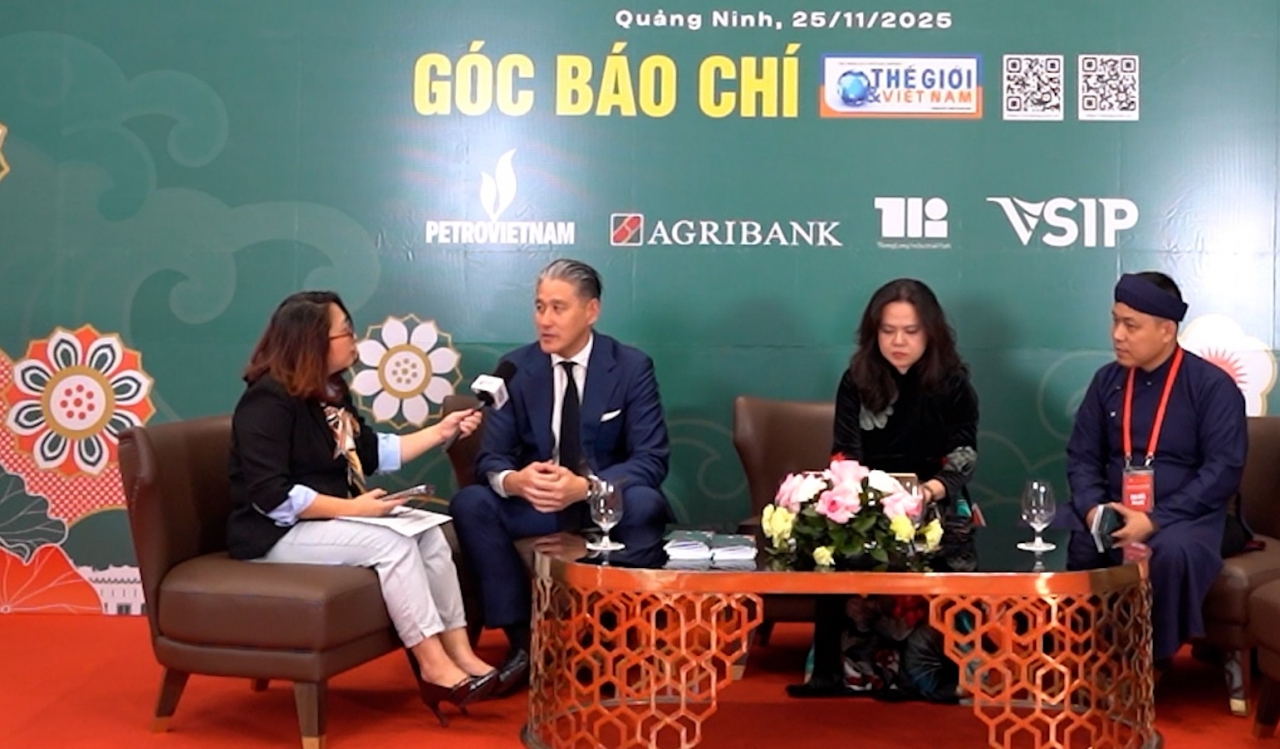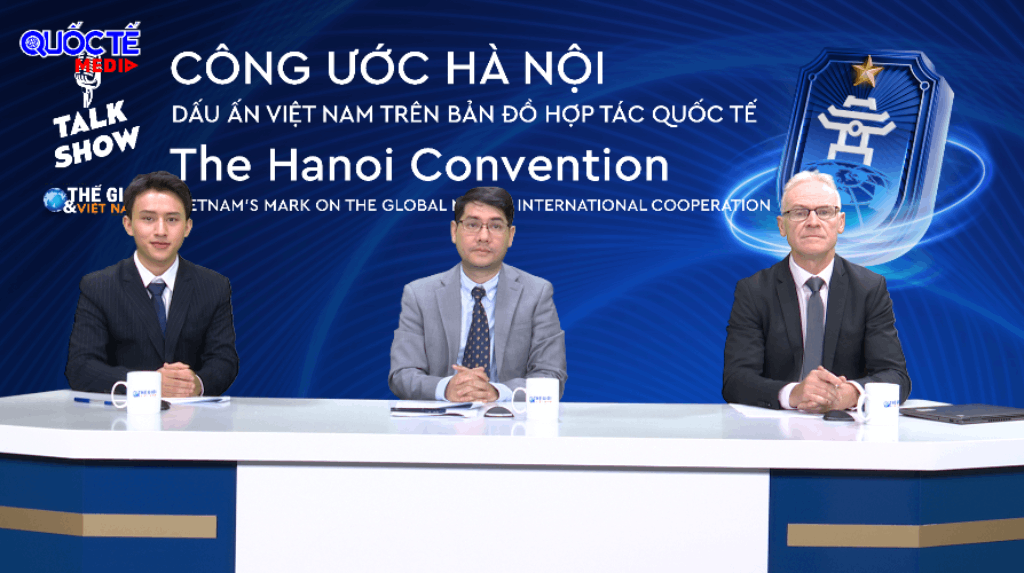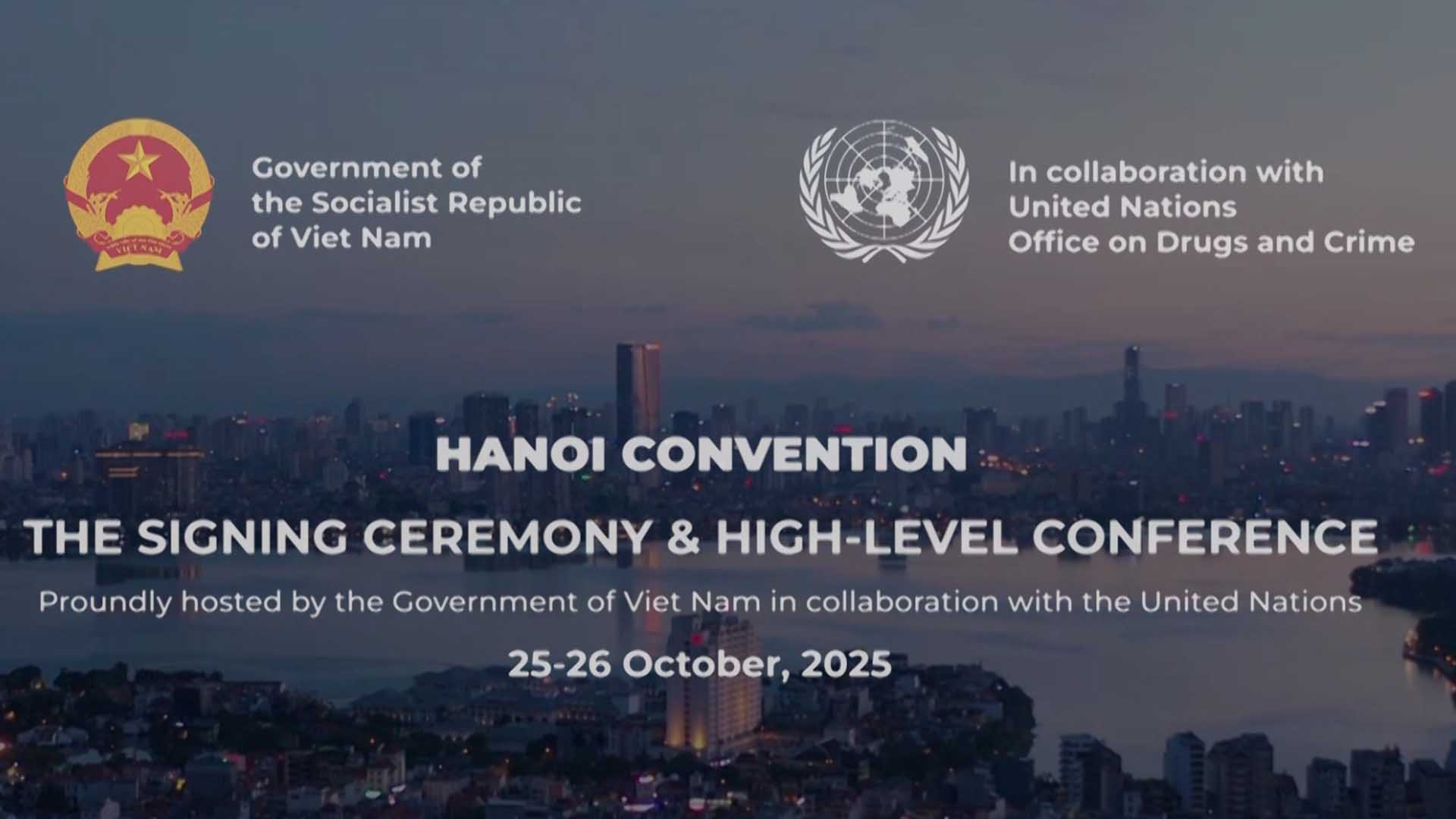
Da Nang Asian Film Festival: Telling Vietnam’s stories through a cinematic lens
Latest
 |
| Director of the Film Festival and President of the Vietnam Association for the Promotion and Development of Cinema Ngo Phuong Lan speaks at the premiere of Love in Vietnam during DANAFF III on July 1, 2025. (Photo: Dieu Linh) |
After seven energetic days filled with artistic color and emotional encounters, I felt incredibly lucky and thrilled to have had the chance to both immerse myself in international cinema and broaden my horizons. DANAFF III demonstrated the powerful unifying force of cinema in promoting Vietnam’s image to global audiences, while also affirming Da Nang’s position on the regional map of cultural creativity.
A Distinctive Playground
From the dazzling opening ceremony to the emotional closing night, with red carpets hosting famous artists and immersive open-air screenings, DANAFF III was more than just an artistic playground—it became a place where Vietnamese culture was shared in a natural, vibrant way.
A highlight of the festival was the premiere of Love in Vietnam, marking a new chapter in cinematic collaboration between Vietnam and India. Indian Deputy Chief of Mission (DCM) to Vietnam, Ajungla Jamir, described the film as "the first collaborative project between two richly cultural nations." Lead actor Shantanu Maheshwari was visibly moved: “Everything here is beautiful. I want to come back to Vietnam.”
The international atmosphere of DANAFF III was evident in its selection of 106 films, including 11 Asian films making their international debut in Da Nang. Republic of Korean Director Jang Joon-hwan, Head of the jury for the Asian Film category, praised the quality of the entries and the rapid development of DANAFF. French Ambassador to Vietnam, Olivier Brochet, expressed his admiration for the festival’s professional organization and saw great potential in Vietnamese cinema. After watching The Tunnel: Sun in the Darkness, he remarked, “If Vietnamese films consistently reach this level of quality, the future of Vietnamese cinema will be very bright.”
Unlike major festivals like Cannes, Berlin, or Busan, DANAFF follows its own path—focusing on Asian cinema and honoring both artistic and well-produced commercial films that are beloved by audiences.
Ms. Ngo Phuong Lan, President of the Vietnam Association for the Promotion and Development of Cinema and Director of DANAFF, affirmed that this is “a fair, non-profit, public-benefit platform for cinema lovers.” With two main competitive categories—Asian Films and Vietnamese Films—DANAFF acts as an “anchor” upholding professional standards in an increasingly box-office-driven domestic film industry. Perhaps, it is this “non-profit” nature that defines DANAFF’s identity—where cinema is shared, discussed, and enjoyed in an open and friendly atmosphere.
A Measure of Soft Power
All the poetic seaside setting, free indoor and outdoor screenings were designed to bring cinema closer to the public. This accessibility is rare at many film festivals and forms part of DANAFF’s unique character.
Director-General of UNESCO Audrey Azoulay shared: “In Vietnam, especially in Da Nang, we see a convergence of ideas and creativity—a place where culture gives birth to culture. We truly feel the warmth and sincerity here, like family.” She also praised DANAFF III’s role in spreading creative talent and said, “Da Nang is truly shining on the global cinematic map.”
In the packed screenings, and the loud applause following every film, I felt a profound sense of pride: Vietnamese people are confidently telling their own stories through cinema, transcending cultural boundaries.
From the perspective of a journalist attending an international film festival for the first time, I realized that cinema is more than just an art form. It is a bridge—a place where nations, people, and seemingly different values meet and understand one another.
In the seminars, talent incubation programs and dialogues between filmmakers, artists, and journalists, I witnessed how cinema operates as an effective tool for cultural diplomacy. Brief encounters quickly sparked collaboration ideas, and handshakes between Vietnamese and international directors opened new doors for Vietnamese films to reach broader audiences.
Many international filmmakers and artists expressed admiration for Vietnamese cinema. They noted that in the films presented—from the authentic acting to relatable themes like family and the subtle yet deep storytelling style—Vietnamese cinema is slowly winning hearts with its unique “flavor.”
Korean actor Park Sung Woong shared: “The eyes of Vietnamese actors reflect the emotions of their roles. They act from the heart.” In his view, Vietnam is entering a “golden era” akin to Korea’s in the 1990s and could fully become an “Asian tiger” in cinema if it maintains its momentum.
Eduardo Lejarno Jr., Vice President of the Network for the Promotion of Asian Cinema (NETPAC), commented: “Vietnam has many young directors with great potential. Some mainstream films are both appealing to audiences and artistically rich—that’s the breakthrough opportunity.” As for Da Nang, the host city of DANAFF III, he said it “has all the essentials for hosting an international film festival: beaches, cinemas, cultural sites—all within close reach, creating the ideal condition for combining events with film tourism promotion.”
A comment from Japanese producer Yuji Sadai, head of the Vietnamese Film jury, sparked a moment of reflection: “Vietnamese commercial cinema has established its position, but artistic cinema still needs nurturing to go further.” It felt like a message not just for filmmakers: to truly rise, Vietnam must make long-term investments in creativity.
 |
| Actress and acting instructor Lydia Park sings the Vietnamese song Phep mau (Miracle) with students at DANAFF III. (Photo: Dieu Linh) |
A Different Perspective
Beyond red carpets and theaters, the film festival offered fresh, personal experiences for participants. There were everyday moments—when actress Moon So-ri (When Life Gives You Tangerines) picked "banh xeo" (Vietnamese style crep) as her favorite dish, when actor Ji Seunghyun (Good Partner) delighted in coconut coffee, or when international artists excitedly said “Toi yeu Da Nang” (“I love Da Nang”) in Vietnamese.
As a reporter covering an international film festival for the first time, it was a journey of personal growth. From busy mornings filming events, to late nights selecting photos and editing stories; from boldly interviewing international actors and delegates, to joining colleagues on Da Nang food tours—these memories are unforgettable.
I once thought reporting on cinema was a job only for “insiders,” but DANAFF taught me a valuable lesson: sometimes, all you need is an open heart and listening ears to discover beauty in the simplest of stories. The most memorable for me might be when director and Meritorious Artist Trinh Quang Tung shared how, as a student, he once “burned down a house” for a film scene. The fire didn’t capture the shot, so he came home to ask his wife for the family’s wedding ring... to “burn again.” The crowd burst out laughing: “Lucky it didn’t spread to your real house!” Through his humorous tale, you could feel the deep dedication and passion for the discipline.
After three editions, this international film festival is slowly forming an identity—unpretentious yet professional, globally minded yet deeply Vietnamese. It is not only a gathering place for the arts but also a community space where Asian cultures meet in laughter, sharing, and the desire to express their unique voices.
DANAFF III may have officially ended, but its emotional resonance lingers with the public—not because of its glitz, but because of its enduring values: a love for cinema, pride in cultural heritage, and a belief that Vietnam can convincingly tell its own story on the global stage.
















